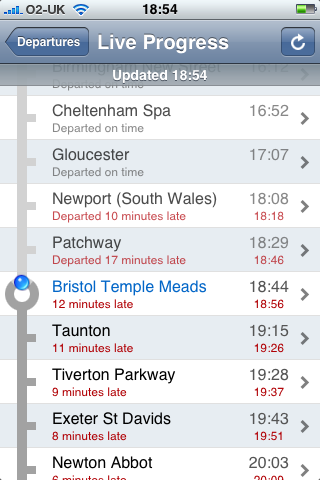We had our mid-year team summit this week. Originally planned to be taking place in-person in Manchester, the decision was taken back in January to move it online. Some interesting stuff, but what we didn’t really manage to do was have those conversations over coffee and lunch that happen at an in-person events and meetings.
I was reminded of this blog post which I wrote in August 2019 (ie pre-pandemic) and many of the observations there I think reflect what has happened over the last two years.
When it comes to the delivery of online learning, the assumption is made that it will just happen. Assumptions are made that academics who are experts already in delivering learning will be able to easily transfer their skills to an online environment. What can often happen is that the processes and methods that people use in the physical space will be translates verbatim to an online space. It will not taken into account the challenges of an online environment, or recognise the affordances of said environments.
I also wrote this in the blog post.
The overall experience is expected to be the same, but merely re-creating the physical experience online is often disappointing for both students and academics. Many of the nuances of face to face learning can be lost when moving to online.
During the pandemic I spoke to a lot of students and academic staff, who had expectations about their experiences, but in the end both were disappointed (and exhausted) by the experience.
Part of the issue is that physical learning activities don’t necessarily translate readily into an online environment, the nuances of what makes the face to face so valuable can be lost in translation, similarly the possibilities and affordances of the online space can be lost.
Moving forward on this, we need to recognise, that despite the experiences of the last two years, we may want to think about how we adapt our training and development going forward to, not only build on the lessons and experiences of the last two years, but build on them to take advantage of the affordances of online learning and teaching.
Wednesday I went to our office in Bristol. Caught the train to Bristol, still wore my mask. The last time I was in our Bristol office was back in November. I had originally planned to go to Bristol in December, but with the new measures in place and rising infections, I took the decision, back then, to work from home. So, avoiding the train and what was later apparently a busy office. Would have been nice to see people though.
This time it was nice to see people and have conversations about stuff. It was apparent that the happenstance of conversations is something I have missed, but also rather challenging to recreate online. Possible, but challenging. I also had a conversation about the impact this was all having on new starters, who don’t necessarily get to see people on a regular basis and make those important (social) connections that can have a positive impact on how you view your work and your colleagues.
Spent some time preparing a presentation I am giving next week. It takes me back to the intelligent campus space.
My top tweet this week was this one.
For breakfast this morning I had a tasted sourdough bagel and some coffee. What did you have? #ThisIsWhatTwitterWasCreatedFor
— James Clay (@jamesclay) January 31, 2022





























